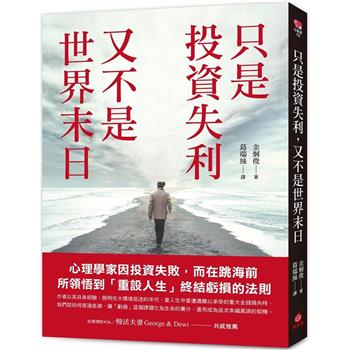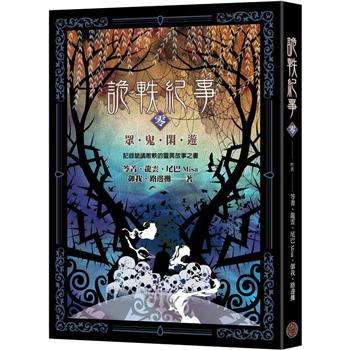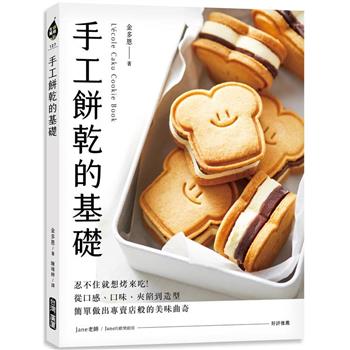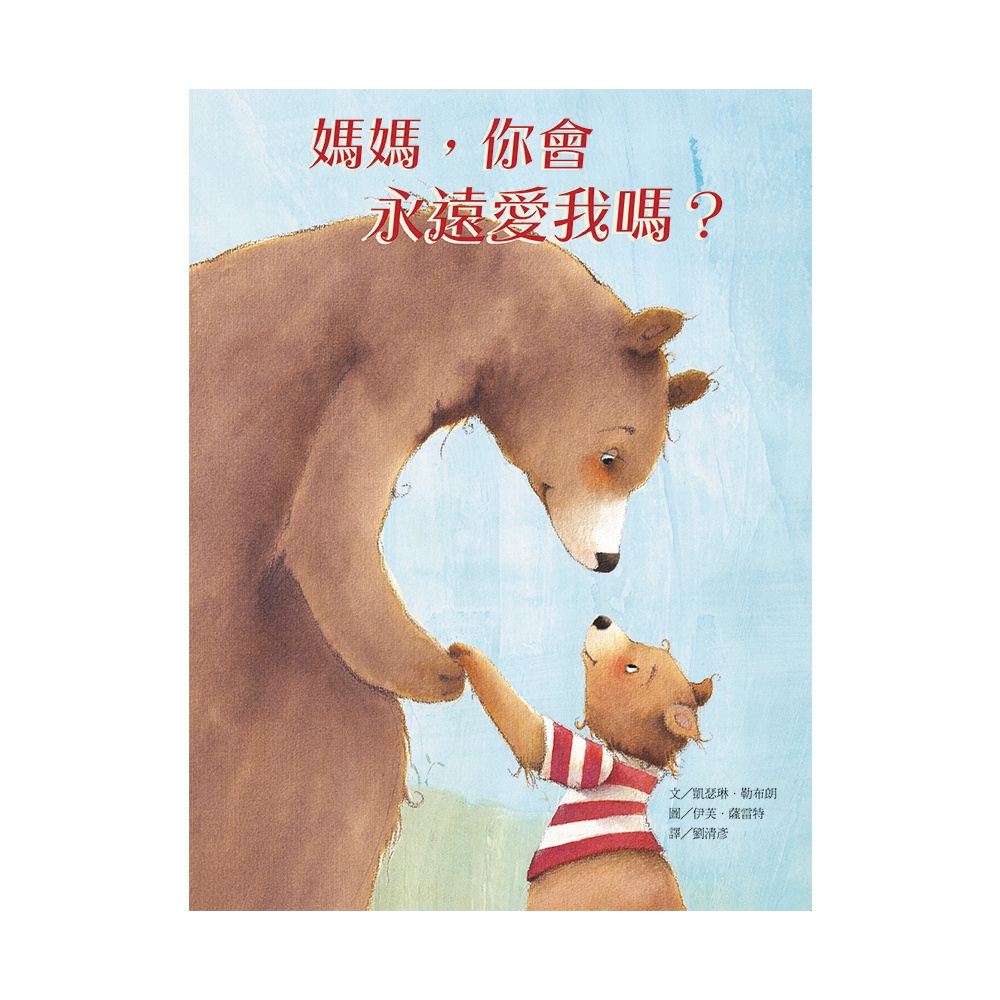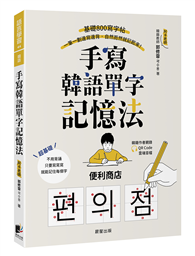| FindBook |
|
有 1 項符合
Jui-Chih Peng的圖書 |
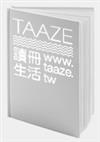 |
$ 450 ~ 475 | International Etiquette:An etiquette guidance to cultivate a professional image and an elegant life
作者:Lydia,Jui-Chih Peng / 譯者:Lydia,Jui-Chih Peng、Kathlene,Hsin-Chi Chang 出版社:揚智文化事業股份有限公司 出版日期:2023-10-01 語言:繁體書  共 4 筆 → 查價格、看圖書介紹 共 4 筆 → 查價格、看圖書介紹
|
|
|
The author has been conducting ""International Etiquette"" course in English for several years across various universities. Her extensive teaching background and dynamic instructional approach have made this course a popular option among students. This book is particularly tailored for English educators aiming to introduce EMI courses in educational settings. For students, studying ""International Etiquette"" in English not only enhances their language proficiency but also equip them with comprehensive understanding of various international etiquette practices.
Leveraging her extensive background as a flight attendant and a professional hotel service training instructor, the author brings a wealth of experience to this book. Additionally, her certification as a wine educator further enriches its content. As a result, this book integrates the etiquette insights from the aviation, hotel, and wine industries, catering to a diverse range of interests.
This book is also highly recommended to use it in complementary with its Chinese version.
作者簡介:
Lydia, Jui-Chih Peng
Lydia, Jui-Chih Peng is an adjunct assistant professor, She earned her Ph.D in Human Resources Management from National Changhua University of Education, an MA in Hospitality Management from Tunghai University and Bachelor’s degree in Health and Nutrition Management from Taipei Medical University.
Before entering the field of academia, Lydia worked with 3 airlines: Northwest Airlines, Cathay Pacific Airways and United Airlines. Her roles included Flight Attendant, Chief Purser, and Japanese Interpreter. She is currently teaching at National Chung Hsing University, National Changhua University of Education, and Feng Chia University.
She is also frequently invited to enterprise, government unit and various clubs, her expertise encompasses International Etiquette and Professional Image, Business Etiquette, Hotel Service Personnel Training, and Wine Etiquette, she holds WSET Level 2 certification, and has served as a judge in the national sommelier competition.
譯者簡介:
Lydia, Jui-Chih Peng
Lydia, Jui-Chih Peng is an adjunct assistant professor, She earned her Ph.D in Human Resources Management from National Changhua University of Education, an MA in Hospitality Management from Tunghai University and Bachelor’s degree in Health and Nutrition Management from Taipei Medical University.
Before entering the field of academia, Lydia worked with 3 airlines: Northwest Airlines, Cathay Pacific Airways and United Airlines. Her roles included Flight Attendant, Chief Purser, and Japanese Interpreter. She is currently teaching at National Chung Hsing University, National Changhua University of Education, and Feng Chia University.
She is also frequently invited to enterprise, government unit and various clubs, her expertise encompasses International Etiquette and Professional Image, Business Etiquette, Hotel Service Personnel Training, and Wine Etiquette, she holds WSET Level 2 certification, and has served as a judge in the national sommelier competition.
Kathlene, Hsin-Chi Chang
Hsin Chi Chang, known as Kathlene Chang, embarked on a journey that led her from her educational roots in Singapore, where she progressed from primary school through junior college. Upon completing her junior college education, she returned to Taiwan for university studies.
Languages have always intrigued her, and her passion for learning them has blossomed. Fluent in both English and Chinese, she has also delved into Tagalog and German, adding an extra layer of cultural understanding to her linguistic repertoire.
Beyond the world of languages, her interests extend to the realm of sports. Running, in particular, captivates her, and she finds herself participating in road runs frequently. But it's not just about physical challenges; She has equally driven to explore the world around her. Whenever the opportunity arises, she embarks on solo travels, firmly subscribing to the notion of ""living a life you won't forget.
Since the publication of my Chinese work, "" 國際禮儀:空姐教你如何塑造觀光餐旅的專業形象 "", I have consistently felt the demand for an English version of the textbook. Consequently, I translated this book in the following year.
I teach ""International Etiquette"" courses in both Chinese and English at several universities and that brings me great joy and satisfaction. Additionally, my English classes are conducted in an English-Medium Instruction (EMI) format, with classes e...
Author's Preface ( from Chinese edition) iii
AUTHOR'S PREFACE vii
Part 1 Etiquette Introduction 1
Chapter 1 Etiquette Introduction 3
Definition and Categories of Etiquette 4
The origin and history of international etiquette 8
Chapter 2 Why the need to learn international etiquette? 13
Why do we learn about international etiquette? 14
Difference in etiquette among various countries 18
Etiquette trend 24
Part 2 Dining Etiquette 29
Chapter 3 The Conn...
|

